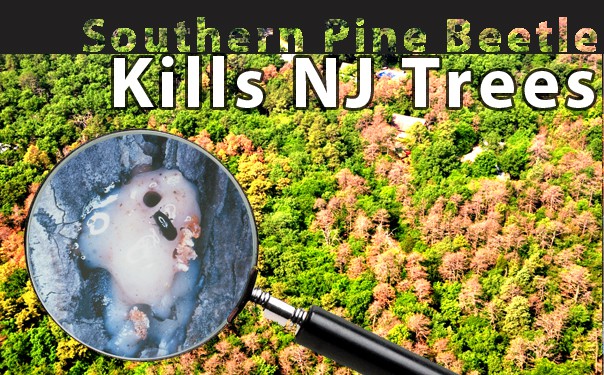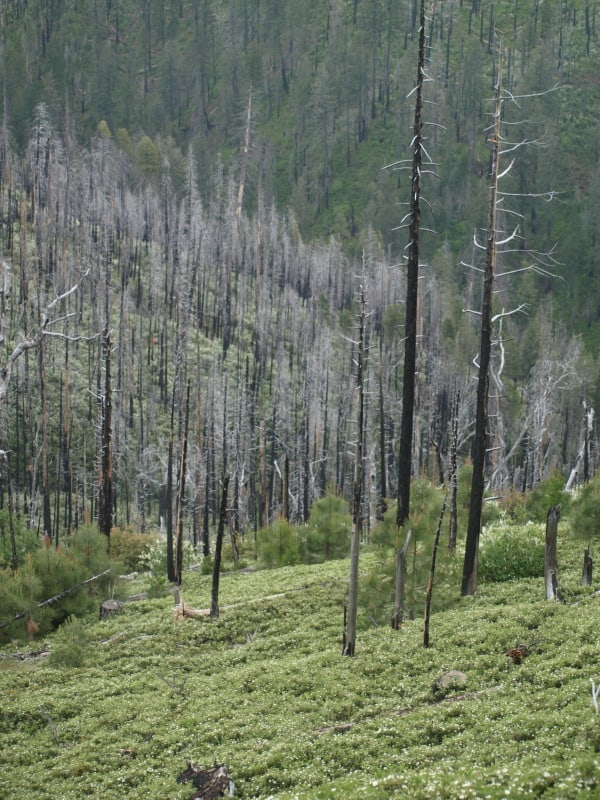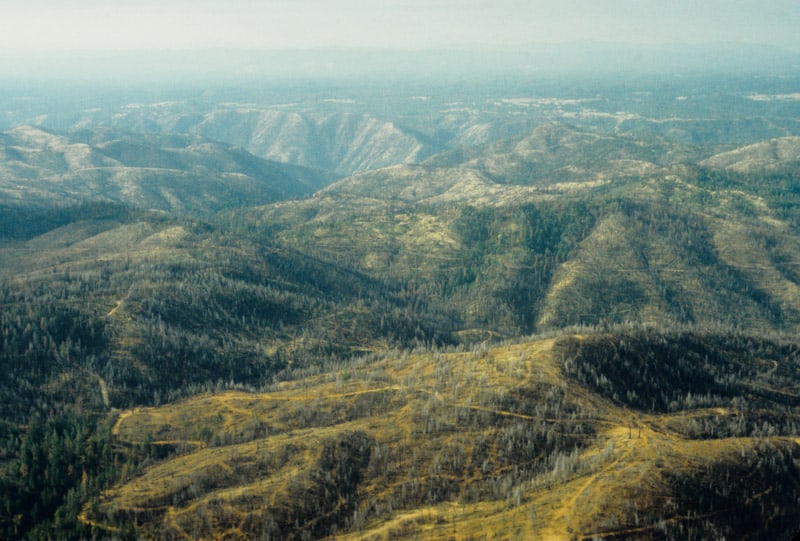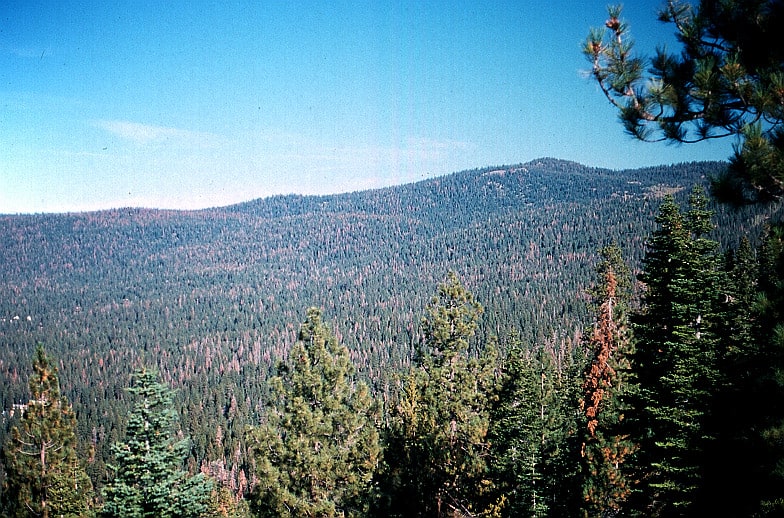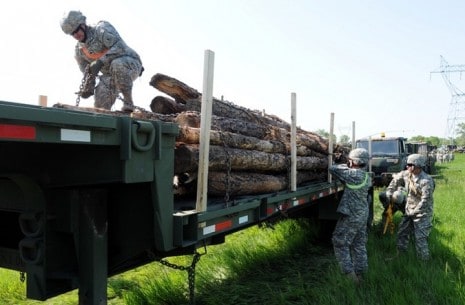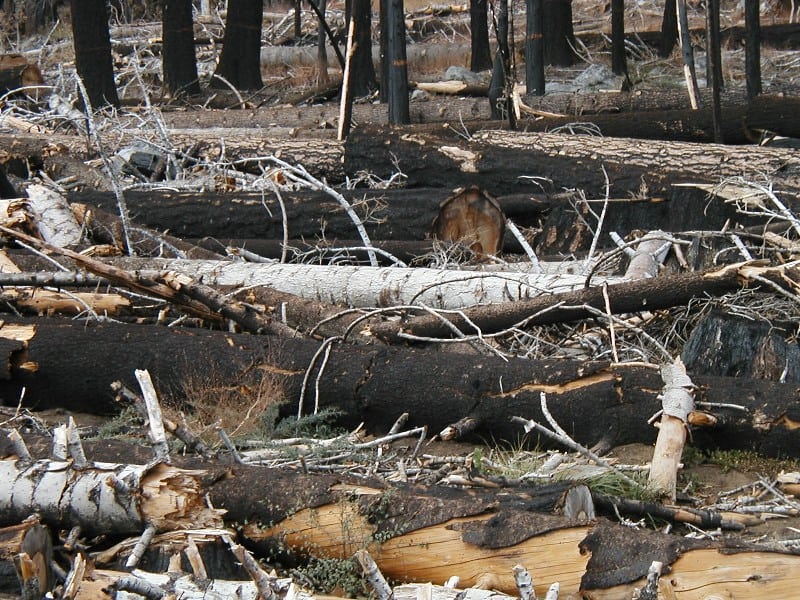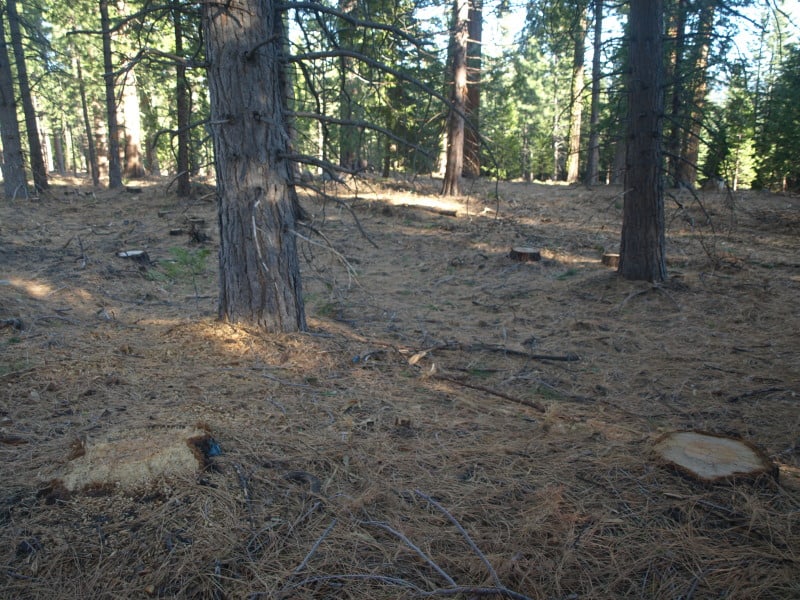 One of the nation’s leading mountain pine beetle experts is Dr. Diana Six, professor of Forest Entomology/Pathology at the University of Montana’s College of Forestry and Conservation. As the Bozeman Chronicle reported yesterday, “On Friday, in the online journal Forests, University of Montana pine-beetle biologist Diana Six and two University of California-Berkeley policy experts published a review of the scientific evidence to date on whether forest manipulation is effective at preventing pine-beetle outbreaks. The answer is generally ‘No.’”
One of the nation’s leading mountain pine beetle experts is Dr. Diana Six, professor of Forest Entomology/Pathology at the University of Montana’s College of Forestry and Conservation. As the Bozeman Chronicle reported yesterday, “On Friday, in the online journal Forests, University of Montana pine-beetle biologist Diana Six and two University of California-Berkeley policy experts published a review of the scientific evidence to date on whether forest manipulation is effective at preventing pine-beetle outbreaks. The answer is generally ‘No.’”
You can download the full PDF of the study here. Meanwhile, the full abstract follows below:
ABSTRACT: While the use of timber harvests is generally accepted as an effective approach to controlling bark beetles during outbreaks, in reality there has been a dearth of monitoring to assess outcomes, and failures are often not reported. Additionally, few studies have focused on how these treatments affect forest structure and function over the long term, or our forests’ ability to adapt to climate change. Despite this, there is a widespread belief in the policy arena that timber harvesting is an effective and necessary tool to address beetle infestations. That belief has led to numerous proposals for, and enactment of, significant changes in federal environmental laws to encourage more timber harvests for beetle control. In this review, we use mountain pine beetle as an exemplar to critically evaluate the state of science behind the use of timber harvest treatments for bark beetle suppression during outbreaks. It is our hope that this review will stimulate research to fill important gaps and to help guide the development of policy and management firmly based in science, and thus, more likely to aid in forest conservation, reduce financial waste, and bolster public trust in public agency decision-making and practice.
Here’s a large chunk of Laura Lundquist’s article, “Research survey does not support logging as beetle outbreak remedy” from yesterday’s Bozeman Chronicle:
Logging trees in a forest can serve certain purposes, but preventing pine-beetle damage doesn’t seem to be one of them, and policy makers should stop making such claims, according to a University of Montana researcher…..Yet politicians and agency policy makers increasingly push logging projects with the claim that they will help stop the spread of pine beetles.
During the past decade, a handful of bills were introduced each year that promise bark beetle control. That number rocketed to 13 in 2013 and included bills such as Rep. Doc Hastings’, R-Wash., Restoring Healthy Forests for Healthy Communities Act. Meanwhile, the U.S. Forest Service has a number of projects intended to ward off beetle attacks such as one in the Bass Creek area of the Bitterroot National Forest.
“We wrote this paper because we’re seeing less of an interest for policy makers to include science in policy. We don’t really have the time to write things like this but someone has to do it,” Six said. “There’s this big push to do ‘something’ and people take for granted that there’s science behind these claims. Often there is not.”
Six poured through the scientific literature for any and all studies dealing with the control of pine beetles, from direct controls, such as traps, insecticides or wholesale salvage that gets rid of infected trees, to indirect controls, such as thinning, that seek to improve the health of remaining trees to improve their odds of holding off beetle attacks.
Six points out that the problem with both types of controls is they don’t address the underlying conditions of a beetle outbreak, which is tree stress due to drought and ultimately, climate change.
“People tend to think that it’s the forest’s fault, because the trees are too thick,” Six said. “In an outbreak situation, the trees are doing worse while the beetles are doing better because of the underlying conditions.”
Direct controls are expensive and deal only with a particular section of forest, so their effect appears to be limited.
It’s actually hard to nail down the effect of various controls, Six wrote, because there has been little monitoring of forests after controls were used, in spite of the fact that the U.S. and Canadian governments have spent millions to counter recent beetle outbreaks.
In one the few large studies conducted that compared treated areas to untreated areas in Canada, results seem to show that traps and tree removal limited infestation only when beetle populations were small.
When beetle populations increase, such as during an outbreak, no treatment made any difference.
Studies showed that direct efforts to keep beetle populations down must be extensive, long-term and work only at the beginning of infestation.
Six wrote that the mechanism of thinning is not well understood as far as how it improves tree health. Many studies that record success were done right after thinning occurred and could have more to do with changes in local climate than tree health.
Six said that thinning operations that don’t diminish beetle kills are often not reported, leaving a gap in the information that could further inform scientists.
No long-term studies have looked at the effect of thinning during outbreaks.
Six noted that researchers struggle to accurately assess beetle density, which is not surprising when dealing with a flying insect the size of a grain of rice. So often, efforts to keep beetle populations low may already be too late because the population is larger than what people assumed.
During winter cold snaps, many hope that the temperatures dip low enough to kill the beetles hunkered down under the pine bark. Scientists know that temperatures need to go below minus 30 degrees and stay that low for several days to do the trick.
Six said even extended cold is no guarantee.
“Even when there’s a cold snap, there will always be some that survive. That’s what happened in the Big Hole a few years ago. Ninety percent were killed, but now they’re back,” Six said.
The paper concludes that weakening environmental laws to combat beetle outbreaks is unjustified given the high financial cost of continual treatment, the negative impacts such treatment can have on other values of the forest, and the possibility that trying to control beetles now could hurt forests as they try to survive climate change in the future.
Democratic Sen. Jon Tester’s spokeswoman, Andrea Helling, said Tester’s Forest Jobs and Recreation Act evolved out of concern over beetle outbreaks but does not argue that the mandated logging would control beetle populations.
“That said, dead trees in the urban interface are a significant fire hazard to forested communities and harvesting some of the dead trees would reduce some of the risk,” Helling wrote in an email.
———————–
NOTE: Here’s the opening paragraph of Sen Tester’s website devoted to his mandated logging bill, the Forest Jobs and Recreation Act:
“Montana’s forest communities face a crisis. Our local sawmills are on the brink and families are out of work while our forests turn red from an unprecedented outbreak of pine beetles, waiting for the next big wildfire. It’s a crisis that demands action now. That’s why I wrote the Forest Jobs and Recreation Act.”
It’s also worth pointing out that during the first two Senate Committee hearings on the Forest Jobs and Recreation Act, Senator Tester opened the hearing sitting right next to huge blown up pictures showing bark beetle outbreaks. But, hey, Sen Tester “does not argue that the mandated logging would control beetle populations” right?
